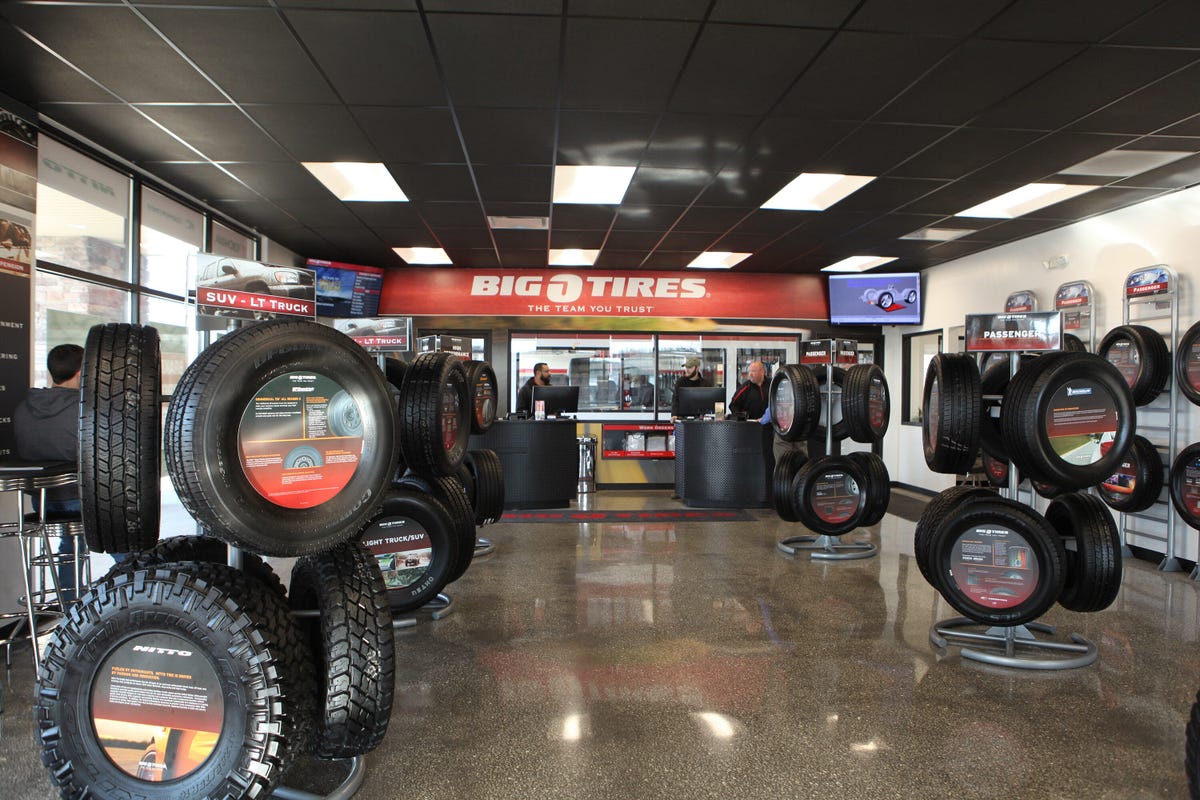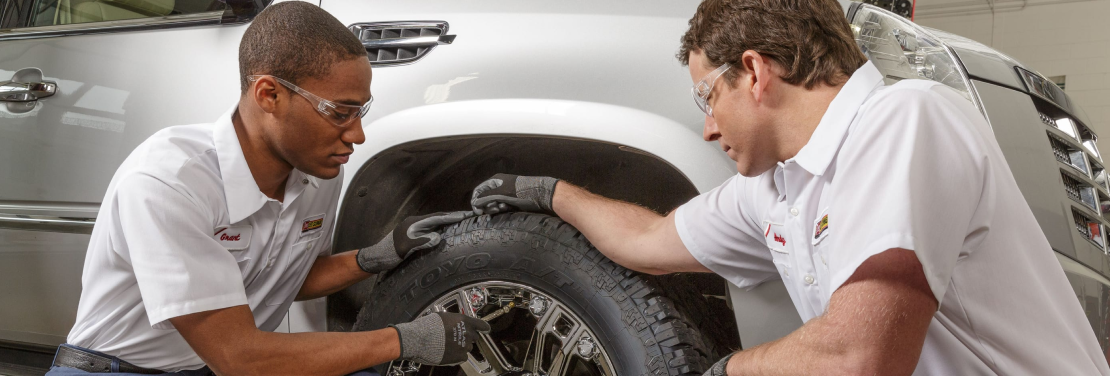High Quality Tire Shop Morris: Your Best Location for Tire Requirements
High Quality Tire Shop Morris: Your Best Location for Tire Requirements
Blog Article
Tire Service: Comprehending Tire Stress Surveillance Systems
Recognizing Tire Stress Surveillance Equipments (TPMS) is an essential facet of keeping ideal automobile efficiency and security when traveling. With developments in automotive modern technology, TPMS has actually ended up being a conventional feature in contemporary vehicles, supplying real-time details on tire stress levels. Diving deeper into the intricacies of TPMS, one can uncover the numerous parts that comprise this system and the importance of each in making certain precise tracking. From direct to indirect TPMS systems, the landscape of tire stress surveillance is varied, each with its distinct set of factors to consider and advantages. Keep tuned to unwind the intricacies of TPMS, from upkeep suggestions to the indisputable advantages of maintaining your tires appropriately pumped up. tire shop morris.

Value of TPMS
The relevance of Tire Pressure Monitoring Equipments (TPMS) hinges on their capacity to improve lorry safety and security and performance via real-time tracking of tire pressure degrees. Maintaining the proper tire pressure is critical for making certain ideal handling, braking, and general safety and security of a car. TPMS gives chauffeurs with prompt feedback on any kind of underinflated or overinflated tires, enabling for timely changes to be made.
Parts of TPMS
Comprising different crucial components, a Tire Stress Tracking System (TPMS) functions as a sophisticated safety function in modern-day vehicles. The main elements of a TPMS consist of sensors, a control module, and a warning indicator. Sensing units are normally located in the tire shutoff stem or affixed to the wheel assembly, where they gauge tire stress and send information to the control module. The control module processes this information and sets off a warning if it identifies dramatically reduced stress in any one of the tires. The warning indicator, typically a sign on the control panel, alerts the chauffeur to examine the damaged tire or tires. Some progressed TPMS models also display the actual tire stress analyses for every tire, offering vehicle drivers with real-time information to make certain optimum tire efficiency and safety. By keeping an eye on tire pressure continually, TPMS helps avoid crashes, lowers tire wear, and enhances fuel effectiveness, making it a critical component for automobile security and efficiency.
Sorts Of TPMS

On the various other hand, indirect TPMS relies upon the lorry's wheel speed sensors to check tire stress. This system spots underinflation by contrasting the rotational rates of the wheels. Indirect TPMS is less expensive than straight TPMS, as it uses existing sensors within the lorry.
While straight TPMS supplies extra precise readings, indirect TPMS is simpler in layout and commonly requires less maintenance. Both systems have their limitations and advantages, and the option in between them commonly relies on variables such as expense, vehicle make, and personal preference. Recognizing the differences in between these 2 kinds of TPMS can assist automobile proprietors make informed decisions concerning tire maintenance and safety and security.
TPMS Upkeep Tips
Conduct routine checks on the tire stress levels and contrast them with the TPMS readings to ensure they are consistent. During tire rotation or substitute, make sure that the TPMS components are dealt with very carefully to stop any kind of possible damages. If the TPMS cautioning light brightens on the dashboard, address the problem without delay by inspecting the tire pressures and the total system for any type of faults.
Benefits of Appropriate Tire Pressure
Keeping proper tire stress, as highlighted in TPMS Maintenance Tips, is crucial for gaining the many benefits associated with optimum tire pressure levels. Among the primary benefits of keeping the correct tire stress is enhanced gas performance. When tires are correctly inflated, there is less rolling resistance, leading to far better fuel economic situation. Additionally, proper tire pressure makes sure also tire wear, extending the life expectancy of the tires and promoting more secure driving conditions. With the best tire stress, cars also have better handling and grip, specifically in adverse climate condition. This can enhance overall driving efficiency and safety best site for the driver and travelers. Keeping ideal tire stress can add to a smoother and much more comfortable adventure by minimizing vibrations and sound caused by underinflated tires. To conclude, the benefits of proper tire pressure exceed simply tire durability; they include boosted gas efficiency, enhanced safety and security, far better automobile efficiency, and total driving comfort.
Conclusion
In conclusion, understanding tire pressure surveillance systems (TPMS) is essential for maintaining ideal tire stress and guaranteeing automobile safety. By recognizing the significance of TPMS, knowing with its elements, recognizing the various types available, sticking to correct upkeep tips, and recognizing the advantages of maintaining appropriate tire pressure, drivers can improve their driving experience and lengthen the life expectancy of their tires. Proper tire pressure is crucial to secure and reliable car operation.

Report this page